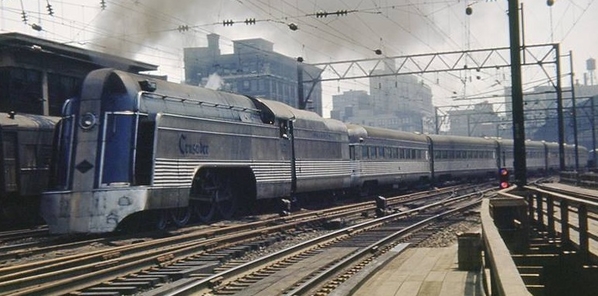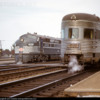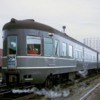I know the Observation car really wants to be the last in the train. But, some of my passenger cars sets have a coupler on the Observation car - was there ever an occasion when a caboose or something else would follow that Observation car?
Replies sorted oldest to newest
Roving Sign posted:I know the Observation car really wants to be the last in the train. But, some of my passenger cars sets have a coupler on the Observation car - was there ever an occasion when a caboose or something else would follow that Observation car?
yes... another Private Car!
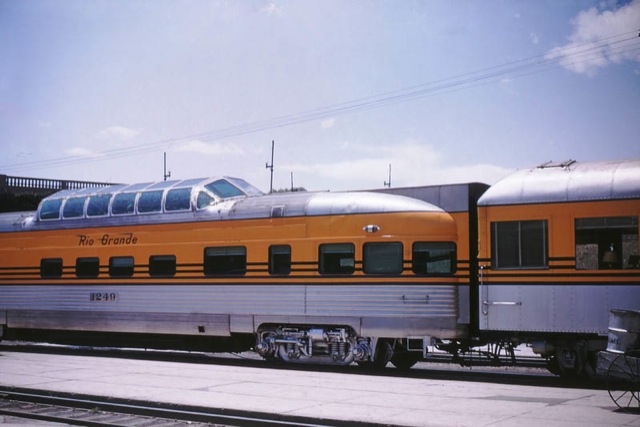
Also when a train pulled into a station Stub end track, the switcher would couple at the observation car to pull out the consist for servicing.
The Obs. car could be in the middle of a train that dropped the rear part at another location (to continue on to another route). This is one reason why round-end cars were replaced by square-end obs. cars. I think in some cases the entire consist may have been backwards (not sure why).
Not usually.
However, without a rear coupler, how would you expect the observation to be handled for switching?
There are always exceptions. Some, like this ex-C&O dome-observation were converted for mid-train service with the modifications for a diaphram.
Then there's the Reading Crusader, which had an observation on each end so the train didn't require turning:
Rusty
Attachments
People that missed the Train... LOL
I hadn't considered using at the FRONT of the consist...then I would have a good excuse for a caboose!
Roving Sign posted:I hadn't considered using at the FRONT of the consist...then I would have a good excuse for a caboose!
The famous Reading RR Crusader, which was a lightweight streamlined stainless steel passenger train, had an observation car at both ends. Thus, they didn't have to turn the whole train at each end terminal.
Roving Sign posted:I hadn't considered using at the FRONT of the consist...then I would have a good excuse for a caboose!
A passenger train has no need for a caboose. There's accommodation for the train crew in the passenger cars and if markers weren't built in (as they are on contemporary cars,) there are brackets to hang markers.
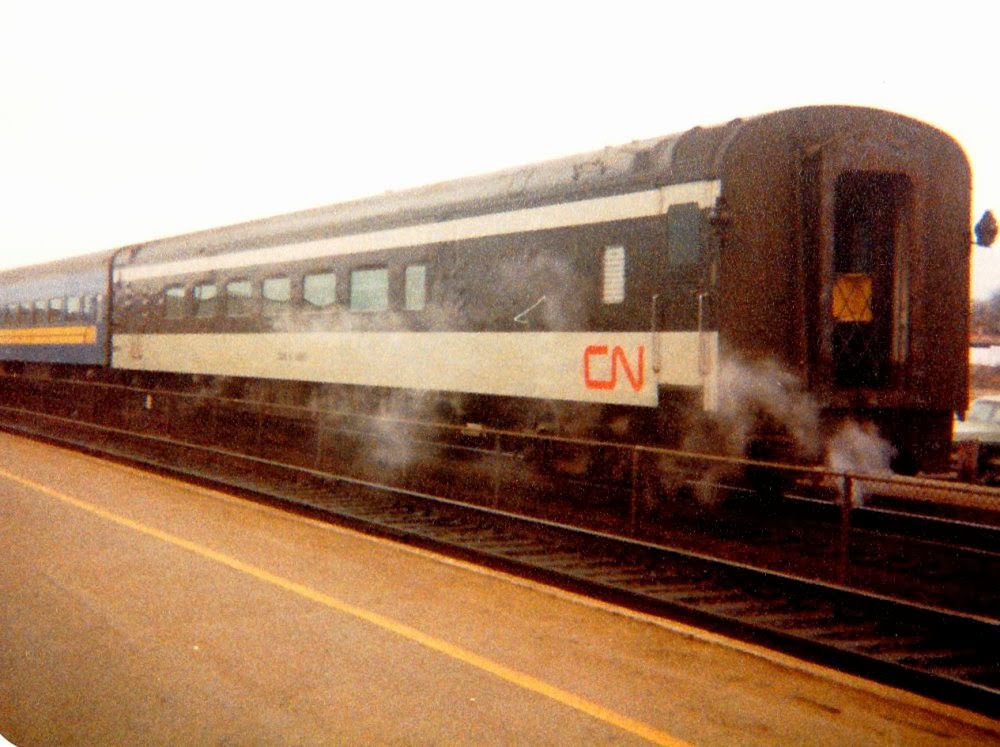
Rusty
Attachments
Not sure what era you're modeling but a lot of tourist railroad have an observation car at both ends for more first class passengers.
The term observation car really defines the rounded end lounge cars at the rear of the trains. The term has been loosely applied to dome cars and current Amtrak sightseer lounges. While observation cars are most often at the rear of the train with Amtrak the sightseer lounge is usually in the middle of the train.
The New Haven received two round end streamlined observation cars for the Merchants Limited in 1949. They were modified for mid train service in 1952. The Merchants Limited was the NH's premier train. It ran from Boston to New York.
The PRR / NH Boston to Washington train, The Senator, ran with an blunt end observation car at the front of the train in one direction and at the end of the train in the other. This was in the 1950s.
NH Joe
Let's not forget that some streamlined observation cars had no doorway on the round end and therefor no access to anything coupled behind.
Rusty
Attachments
Roving Sign posted:I hadn't considered using at the FRONT of the consist...then I would have a good excuse for a caboose!
Oh, dear.
It was fairly common for GN trains 27/28 (combined Fast Mail & Western Star) to have a few storage mail cars behind its observation car between Spokane and St. Paul. These were heavyweight or streamlined baggage cars or express boxcars that were not worked en route. During high peak travel, GN would run this train in multiple sections; then the passenger section would have its observation car at the end as expected.
I did see the RI TWIN STAR ROCKET come into Houston with a few COFC behind the passenger cars. Flats having RPO?
PRR ran trains in reverse north of Washington DC connecting to trains going west of Harrisburg.
Amtrak did run the SF ZYPHER backwards between Denver and Cheyenne. More than likely this train did not have an obs, but it is an example of a train going in reverse.
The Rock Island also took out the seats and converted the observation section of one car to a baggage section...
Rusty
Attachments
One time while riding the Denver and Rio Grande Western I was east bound on the train that ran about 12 hours after the Calfornia Zephyer. I do not remember the train's name any more. It was a night train and I got up that morning when the train was in the Moffet tunnel. I went to the Observation car and to my surprise there were three or four TOFC cars coupled on the rear of the train. The train went down the side of the mountain and before we entered the Denver Union Station the train stopped and cut the TOFC cars off. I have no idea where they were added. They were not there when I went to bed.
"A passenger train has no need for a caboose."
You kids don't remember mixed trains. A passenger car, freight cars, and a caboose.
Attachments
RJR posted:You kids don't remember mixed trains. A passenger car, freight cars, and a caboose.
A mixed train is not a passenger train. Besides, the typical mixed train had the passenger car, usually a combine, at the end of the train and it acted as the caboose.
The Auto-Train had an extra tall caboose with wide cupolas behind the auto racks. However, you could consider the Auto-Train a mixed train and not a passenger train.
Attachments
Will Ebbert posted:Not sure what era you're modeling but a lot of tourist railroad have an observation car at both ends for more first class passengers.
I hate to be that guy but I am really curious what you have in mind. What tourist railroad does that?
RJR posted:"A passenger train has no need for a caboose."
You kids don't remember mixed trains. A passenger car, freight cars, and a caboose.
Not always:
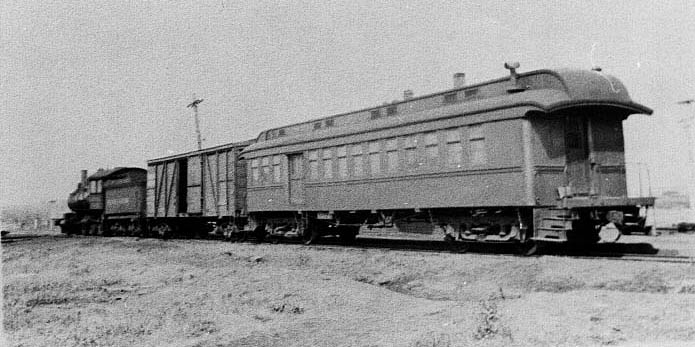
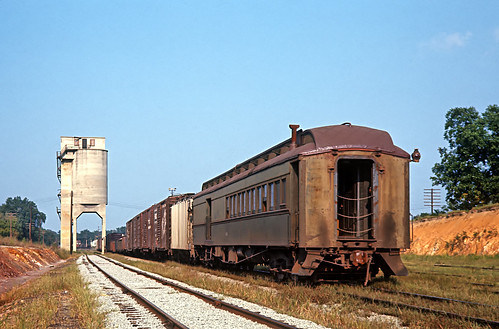
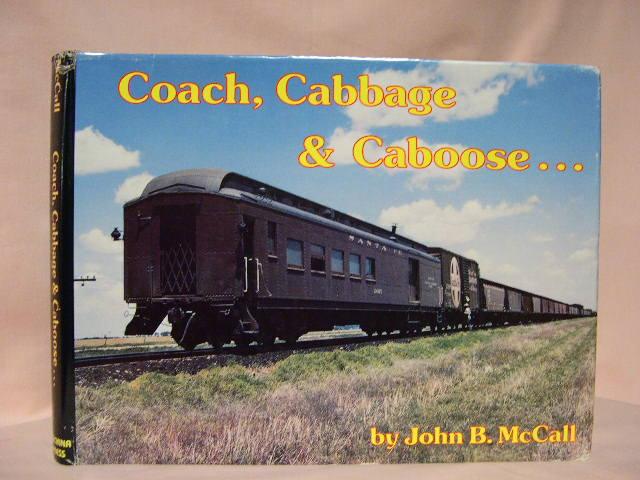
Rusty
The Atlantic Coast Line converted some round end Obs cars to blunt end so they could place in mid train service as needed. The ACL and PR had similar blunt end obs built new as well. As was mentioned earlier, some passenger trains were combined into sections, where certain cars were dropped off along the route to be picked up by other trains. This happened more during the 50s and 60s as train length grew to 15-20 cars. The round end obs cars were kept on the rear if the train primarily kept the consist to the destination.
I took a Amtrak train from Tampa to Charleston in the early 70s and they did put a old heavyweight private car behind the Observation between Jacksonville and Savannah.





